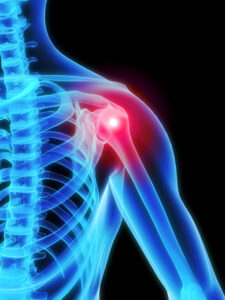string(9) "40.233535"
string(10) "-74.318851"
Pond View Professional Park
301 Professional View Drive
Building 300
Freehold, NJ 07728
732.720.2555
Get Directions
string(9) "40.323937"
string(10) "-74.470821"
Renaissance Crossing Medical Arts Building
312 Applegarth Road
Suite 201
Monroe Township, NJ 08831
732.720.2558
string(9) "39.962410"
string(10) "-74.215750"
9 Hospital Drive
Toms River, NJ 08755
732.341.6226
string(9) "40.179720"
string(10) "-74.026590"
712 10th Ave
Belmar, NJ 07719
732.894.9200
string(9) "40.311450"
string(10) "-74.303400"
348 US-9
Manalapan, NJ 07726
732.894.9200
string(10) "40.2517128"
string(11) "-74.3001027"
Freehold Athletic Club
3710 US-9 Suite 1100
Freehold Athletic Club, NJ 07728
732.720.2566







